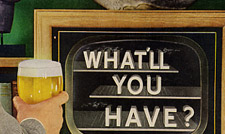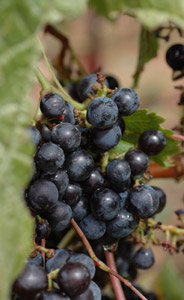Missed this story for about a month: Young adults key to wine growth (and breweries are figuring that out).
The articles reports the surge in wine consumption by the so-called millennial generation – defined generally as teens to late 20s – is one of the key reasons the U.S. wine industry has experienced robust growth in recent years.
But one beverage analyst suggested the increase was not caused by the wine industry. Instead, it is the result of the beer industry’s failure to effectively market its products, said Kaumil Gajrawala, an analyst with UBS Investment Research.
Beer companies lost market share to wine and spirits largely because their advertising campaigns in the 1990s and early 2000s were sophomoric and failed to deliver a message about the quality of their products, Gajrawala said.
To support his contention, Gajrawala played a compilation video of beer ads that showed bikini-clad women wrestling, overweight male sports fans in full-body paint, and men driving golf balls in ludicrously inappropriate places.
“A 23-year-old doesn’t want to identify with that,” he said.
Gajrawala then played newer campaigns by major beer companies like Coors and Budweiser, which he said are hipper and more likely to appeal to the millennials. The new ads are an indication brewers have learned the error of their ways, he said.
“Clearly, you can see the beer companies have changed their strategy in terms of how they are going after consumers,” he said.
That’s important for the wine industry because if the beer industry and its massive marketing clout does a better job of keeping young drinkers well into adulthood, wine may have a tougher time growing at the rates it has enjoyed, he said.
“The free ride for wine is probably over,” he said.
As most business stories, when this one refers to the beer industry that means the big breweries – the ones who could afford to broadcast stupid commercials. Those are the one now catching up not only with wineries but craft breweries who’ve been talking about the quality of their products all along.
 The beer vs. wine debate goes to the
The beer vs. wine debate goes to the 
